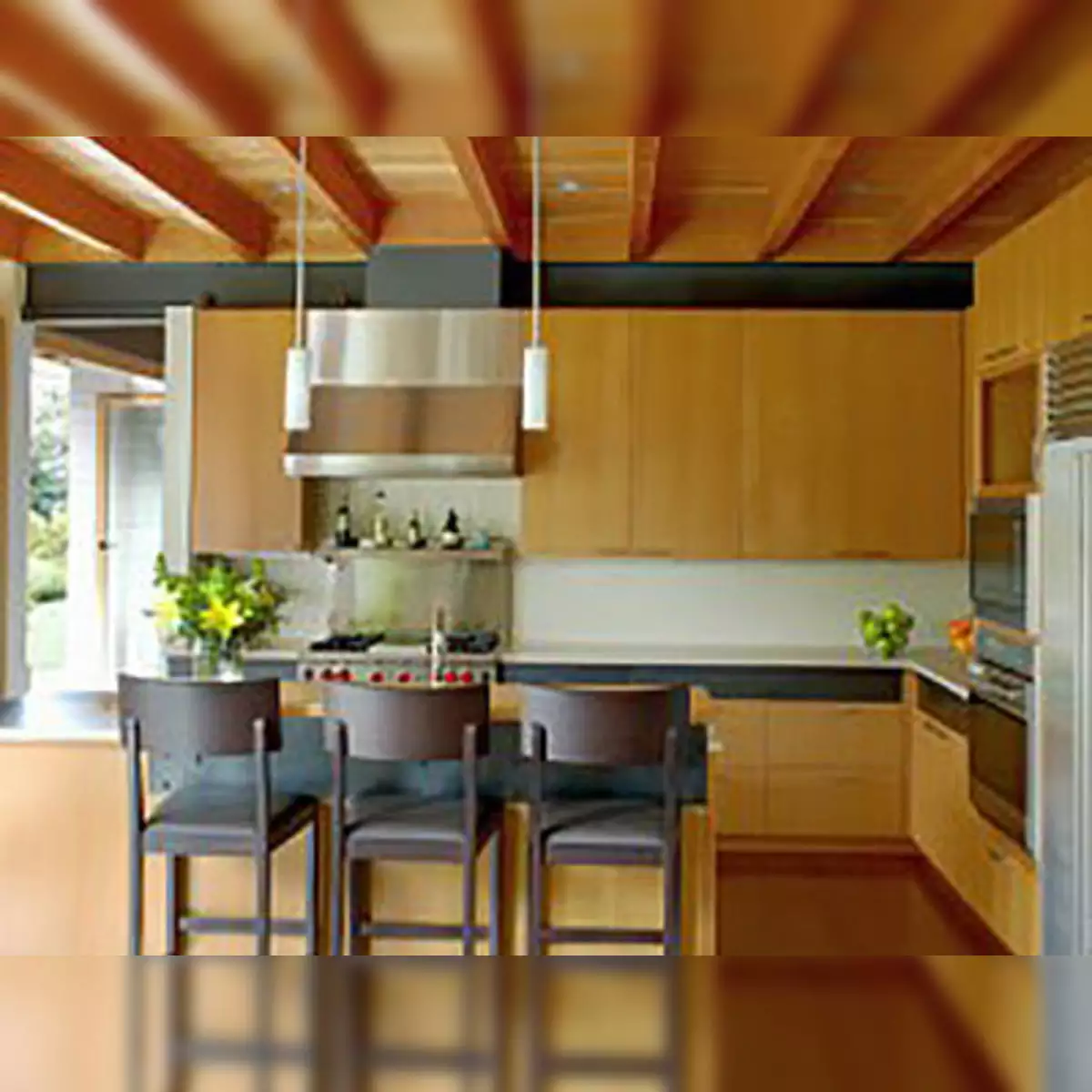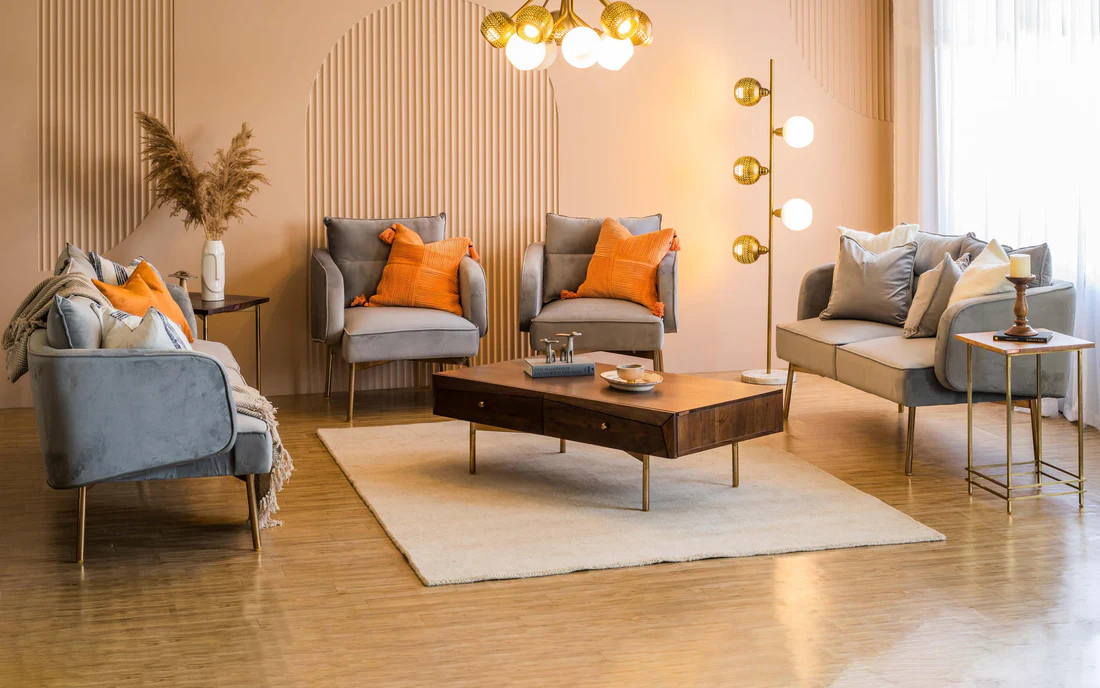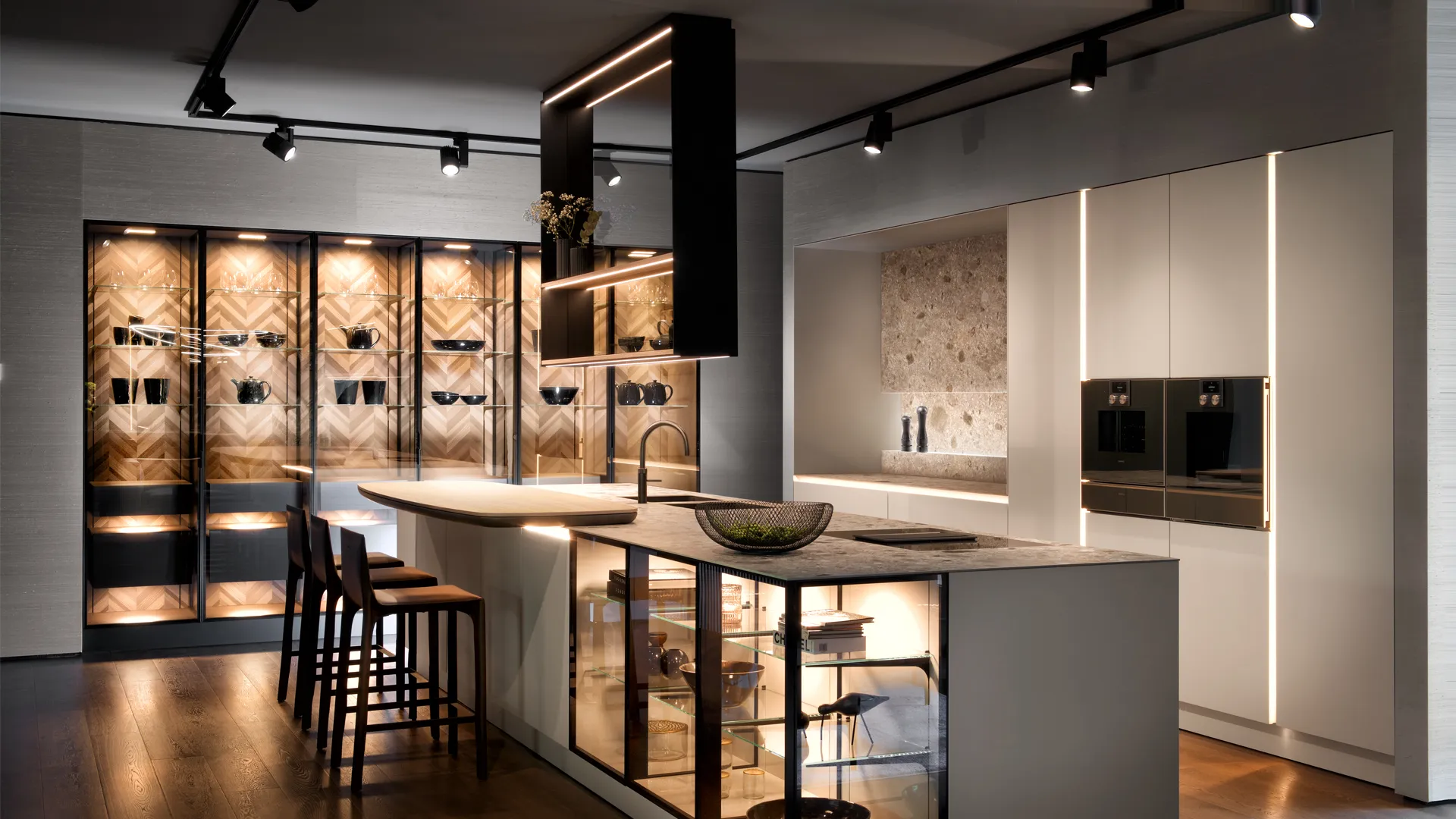Colour Design Ideas And Color Palettes For Bedrooms
Colour Design Ideas And Color Palettes For Bedrooms
What are some good colors to use in the LIVING ROOM of your home? According to vastu the living room color as per vastu may be a calm, bright yellow, cheerful red or warm, soothing blue or even relaxing black. Vastu shastra advises us that a taupe-colored living room will help you feel relaxed and comfortable, while a light-colored green living room will help you radiate cheerfulness. A medium shade of yellow will be relaxing, peaceful and neutral and a pale pink will be very welcoming and soft. Similarly blue is recommended if you wish to project peace and wisdom and also a dark blue if you wish to have a serene atmosphere.
Brown is regarded as the most important of all colours because it denotes health, strength, sobriety, simplicity, and fertility. Brown brings success, faith, dignity, power, love, harmony, fame and happiness. Brown is also the colour of wealth and virtue, which is why brown is also associated with marriage. Other colours like orange, red and violet do not have such deep meanings but they too are used in decorating rooms to bring success, luck and happiness.
Now that you know what are the most suitable hues for your rooms, it is time to move on with selecting a home decorating theme, which matches your colour scheme. According to vastu your walls will usually be decorated in a particular pattern dependent on the hues and patterns of your walls. For example, a room painted in pale yellow with a pattern of brown would be an ideal room colour for someone who is very sociable and well-settled. On the other hand a room painted in dark blue with a pattern of brown would be ideal for a person who likes to take his time in making his decisions and enjoys the little bit of artistic license that his artistic tastes give him.
For the purpose of practicality and versatility, people living in rented accommodation need to think about the room colour scheme depending on the location of their accommodation. For example, a room in a hotel is likely to be decorated in colours like blue and green since these colours blend very well with the general furniture and lighting scheme of the hotel. However, if a person wishes to create a similar interior at his own home, he could decorate his living rooms in soft pastel colours, which work well with timber, stone, and glass items. Similarly, he could use a combination of earthy colours like beige, yellow, and brown to create a relaxing environment in his study area.
People living in apartments are often advised against using strong colours, because they can cause eye-weariness, headaches and skin problems. Strong colours should be restricted to palettes of two or three colours so that they do not create visual clutter. Some experts suggest painting the walls in softer tones of lemon yellow or pale orange. However, these soft colours are unlikely to create visual clutter as they have a monochromatic effect. Therefore, if the walls are painted in orange or yellow, the room will seem more spacious.
On the other hand, the rooms in the family home, especially the master bedroom, are supposed to be bright, colourful and vibrant. If you want your master bedroom to appear large and spacious, you could use deep purples, deepest emeralds and opals. However, since these colours are generally associated with sex and romance, it is better not to use them for a room with family activities. If you are decorating a large room such as a master bedroom, you could use palettes of colours such as light purple, maroon, and bright red. These colours look great when used together with white or cream vertical stripes, which can also make the room look more spacious.











